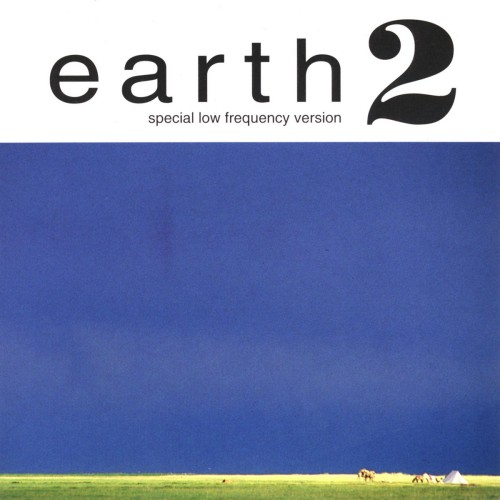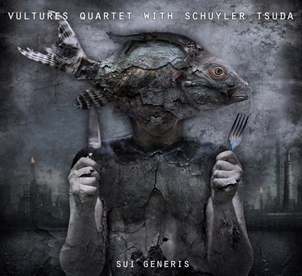 A full thousand years after its inception, Gregorian plainchant had an unexpected pop cultural moment in the 90s. Enigma — producer Michael Cretu — mixed chant, dance beats, and whispery sensuality to garner unexpected chart success. Soon, recordings of Gregorian liturgy enjoyed a spike in sales. Enterprising monks got in on the act, recording arrangements of songs like The Yardbirds‘ “Still I’m Sad” and REM‘s “Losing My Religion” (cheeky).
A full thousand years after its inception, Gregorian plainchant had an unexpected pop cultural moment in the 90s. Enigma — producer Michael Cretu — mixed chant, dance beats, and whispery sensuality to garner unexpected chart success. Soon, recordings of Gregorian liturgy enjoyed a spike in sales. Enterprising monks got in on the act, recording arrangements of songs like The Yardbirds‘ “Still I’m Sad” and REM‘s “Losing My Religion” (cheeky).
Somewhere in between populism and purism, kitsch and authenticity, Swedish ambient pioneer Peter Andersson entered the fray with his second release as raison d’être, 1993’s Prospectus I. With a cover design featuring the moody, desolate The Abbey In The Oakwood by Caspar David Friedrich, Prospectus I immediately laid claim to a sense of dark romanticism and mystery. At the same time, the music combined the then cutting-edge, state of the arts of sampling, sequencing and synth manipulation with sounds of — there they are again — monks joined in plainchant, other liturgical chants, and a range of voice recordings.
Contrasting atmospheric, delicate sounds with sparse but insistent percussion arrangements, the album sometimes feels like a post-modern deconstruction of the essence of music from the time of the crusades, filtered through the millenarian tremors common to the 990s and the 1990s. Voices caught in worshipful song, scraps of conversation, brooding strings and synths, scattered sounds of percussion that bring to mind long marches as much as long industrial shifts. A sense of mystery, an atmosphere of omens and premonitions. A kind of calm but uncanny, slowly cycling narrative, like a Bila Tarr film. The original release of this album comprised nine tracks. A twentieth anniversary redux version saw the original album recreated with updated tools. This thirtieth anniversary edition is either a completist’s fantasy, or an oversized musical duvet for the newcomer to wrap themselves in. It includes the redux version, the original release, and various alternative or additional tracks.This extended picture of the album sprawls over four hours, but it never feels like overkill. As long as you can afford the full package, every minute holds as much appeal as the original album tracklist. This is music to inhabit in a state between mindfulness and trance, and having four times as much of it is a far from onerous prospect.
-Jayaprakash Satyamurthy-



